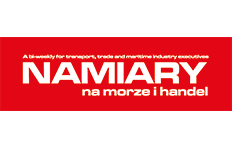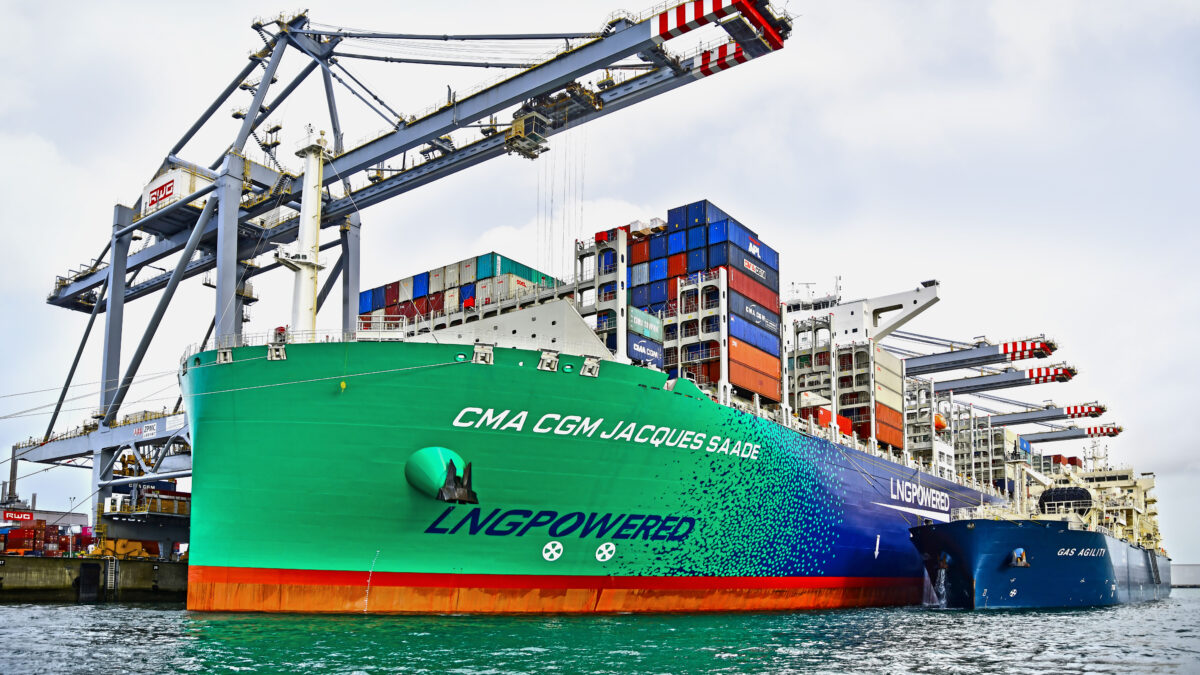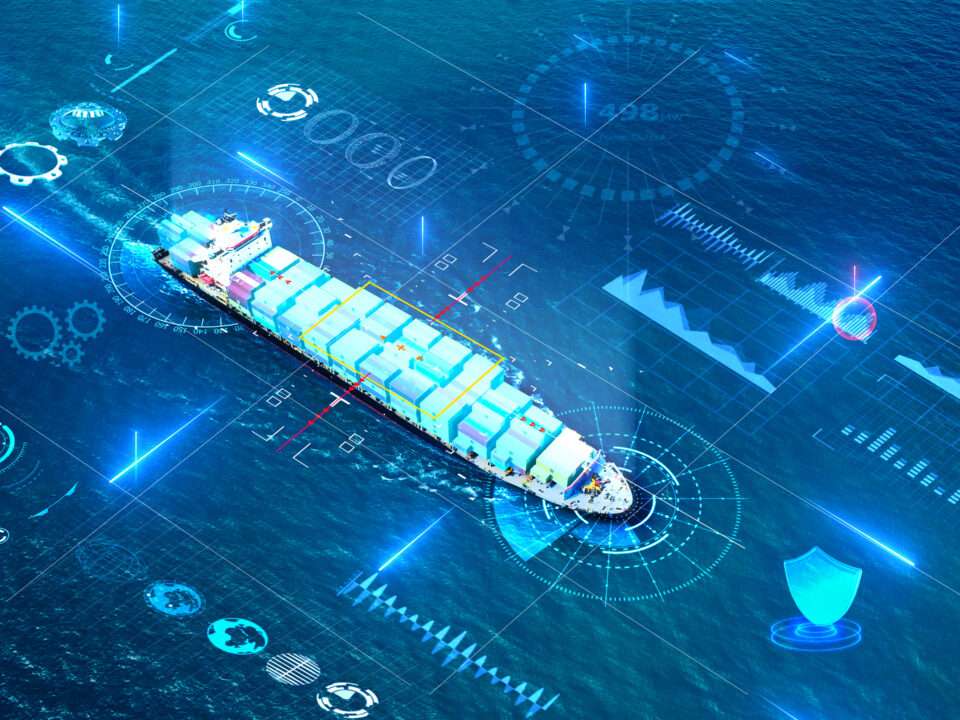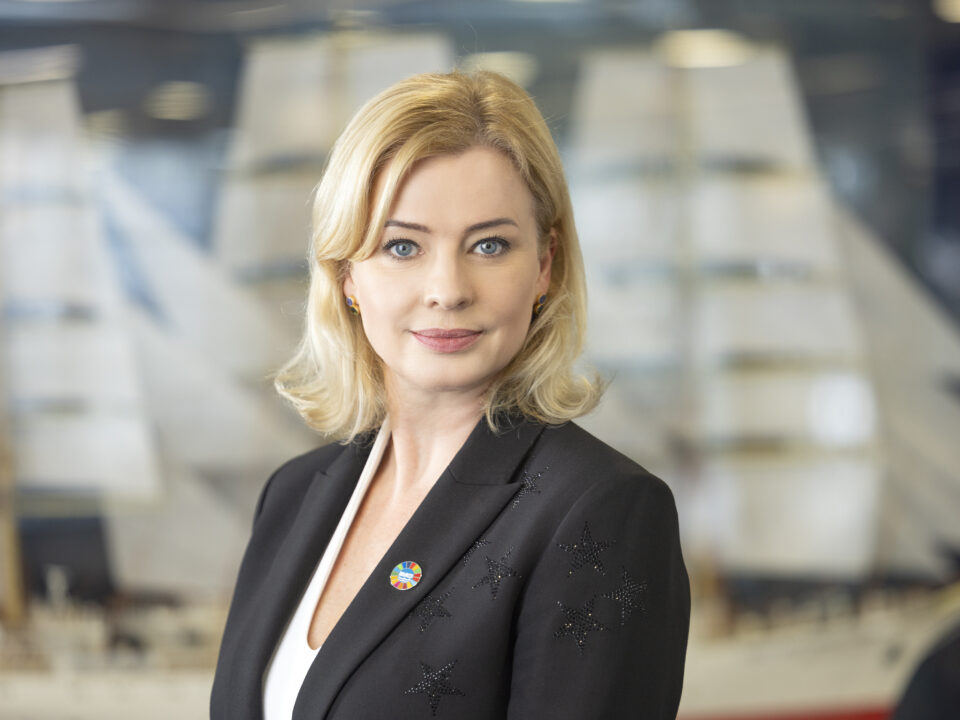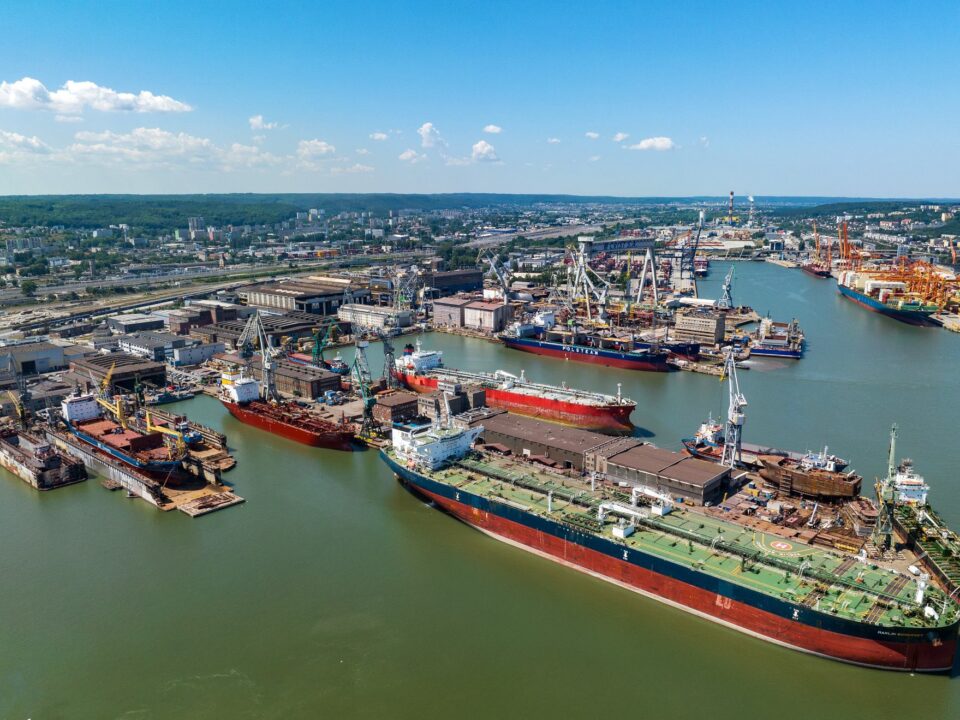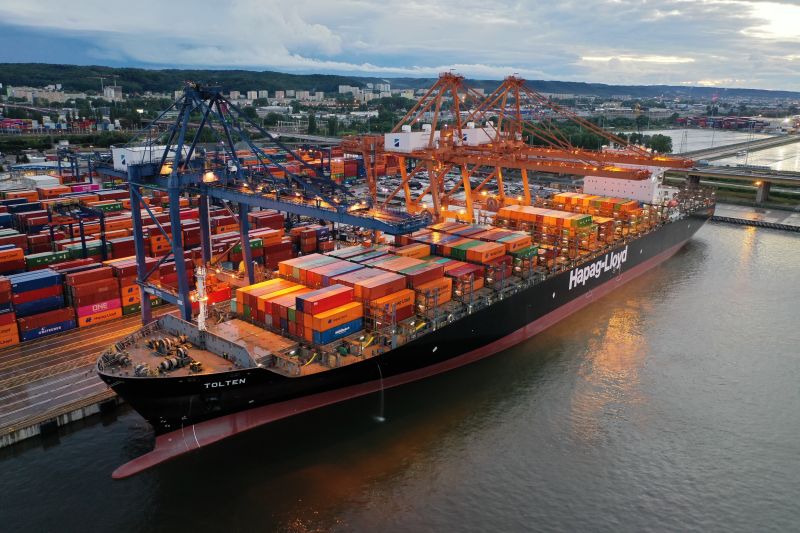
H1 in Containers
17 August 2022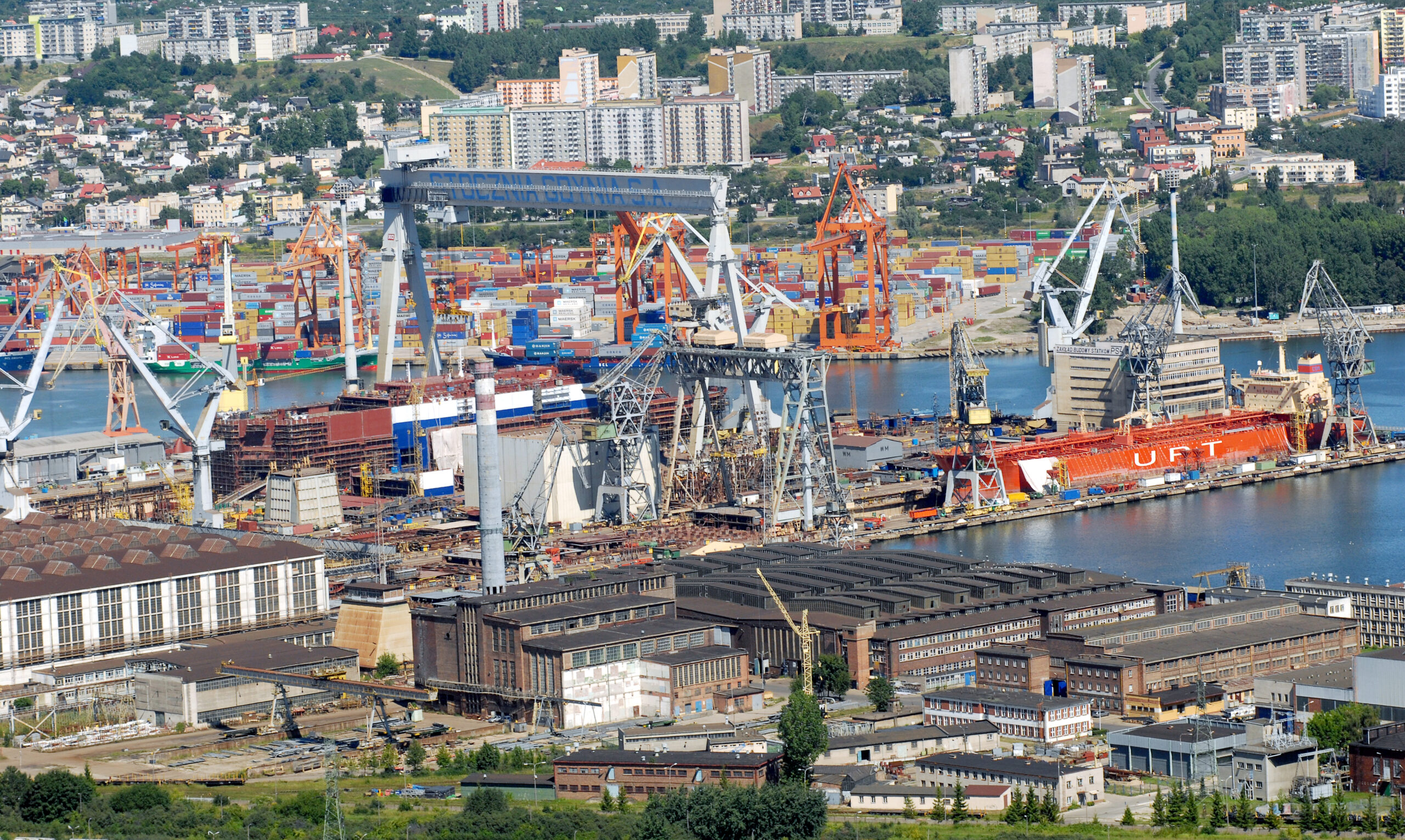
Optimizing maritime education
19 September 2022Alternative marine fuels are becoming an increasingly important topic of discussion in the maritime industry. Expectations from regulators and a growing number of stakeholders from across the shipping chain are putting unprecedented pressure on the industry to decarbonize, and low-carbon fuels are key to achieving this goal. New regulatory requirements, including those directly affecting the environment, are looming on the horizon. The latest fuel trends and the practical approach to fuel selection for the fleet pose quite a challenge for shipowners for the coming months, years and even decades – assuming the average life of a ship is 25 years. The question of fuel choice is one of the most common that shipowners ask. First of all, it has an environmental aspect (meeting the IMO’s ambition to reduce greenhouse gas emissions), and secondly also an economic one, as it will completely change fleet management.
Analyzing the shipbuilding order book in 2020 – 2022, one can see a very clear trend toward ordering alternative fuel vessels. More than half, or 52%, of the fleet tonnage counted in GT are alternative fuel vessels. These are mainly LNG-fueled vessels.
Since last year, we have also seen an increase in interest in methanol. Until 2020, it was mainly used to power methanol tankers, but we are now seeing a marked increase in the use of this fuel in the container ship segment. This fuel has a lot of positive characteristics. Firstly, it is a fuel that is liquid at ambient temperature and low in toxicity – meaning that existing vessels can be adapted with low interference to the ship’s structure, for example, by separating one of the holds in favor of fuel tanks.
LNG, LPG and methanol, however, are sourced from fossil fuels. Methanol is produced from natural gas, while LNG is nothing more than liquefied natural gas, LPG is mainly produced by oil refining processes (a by-product). These fuels can only help us reduce emissions to a certain extent. In the long run, the market will need a low-emission equivalent, which could be a bio or synthetic version of them. This is where the big challenge is: how will we build the infrastructure to make these fuels available. Currently, there is only a limited amount of biofuels on the market. Their supply is limited and scattered.
Therefore, attention is increasingly being paid to the development of infrastructure for the production of clean hydrogen and clean ammonia. There are many companies that are interested in investing in this area, but these decisions must also take into account the demand coming from shipping and the desire to use these fuels. We are in a period of energy transition. This is a process that takes time. Previous major technological revolutions in shipping took 20-30 years.
When talking about decarbonization challenges, we cannot leave out nuclear energy. Some companies are developing a new technology called molten salt reactor (MSR) – which are effectively small modular reactors. The first commercially available reactor of this type, with a capacity of 1 MW, is expected to come onshore by 2024. Optimistic forecasts are that a full-scale marinization of this solution with a capacity of 10-15 MW will be available by the end of the decade. With this technology, we also have to think about regulations, which have to be updated and modernized; we have to think about public perception, we have to make sure that this technology is acceptable in ports, for example. So, there is still a lot of work to be done in many aspects of this technology proposal. We can risk a statement that with nuclear propulsion we should not expect commercial uptake before 2035. Until then, the focus should rather be on other fuel alternatives.
Article developed with Namiary na Morze i Handel magazine
phot. Namiary na Morze i Handel magazine
